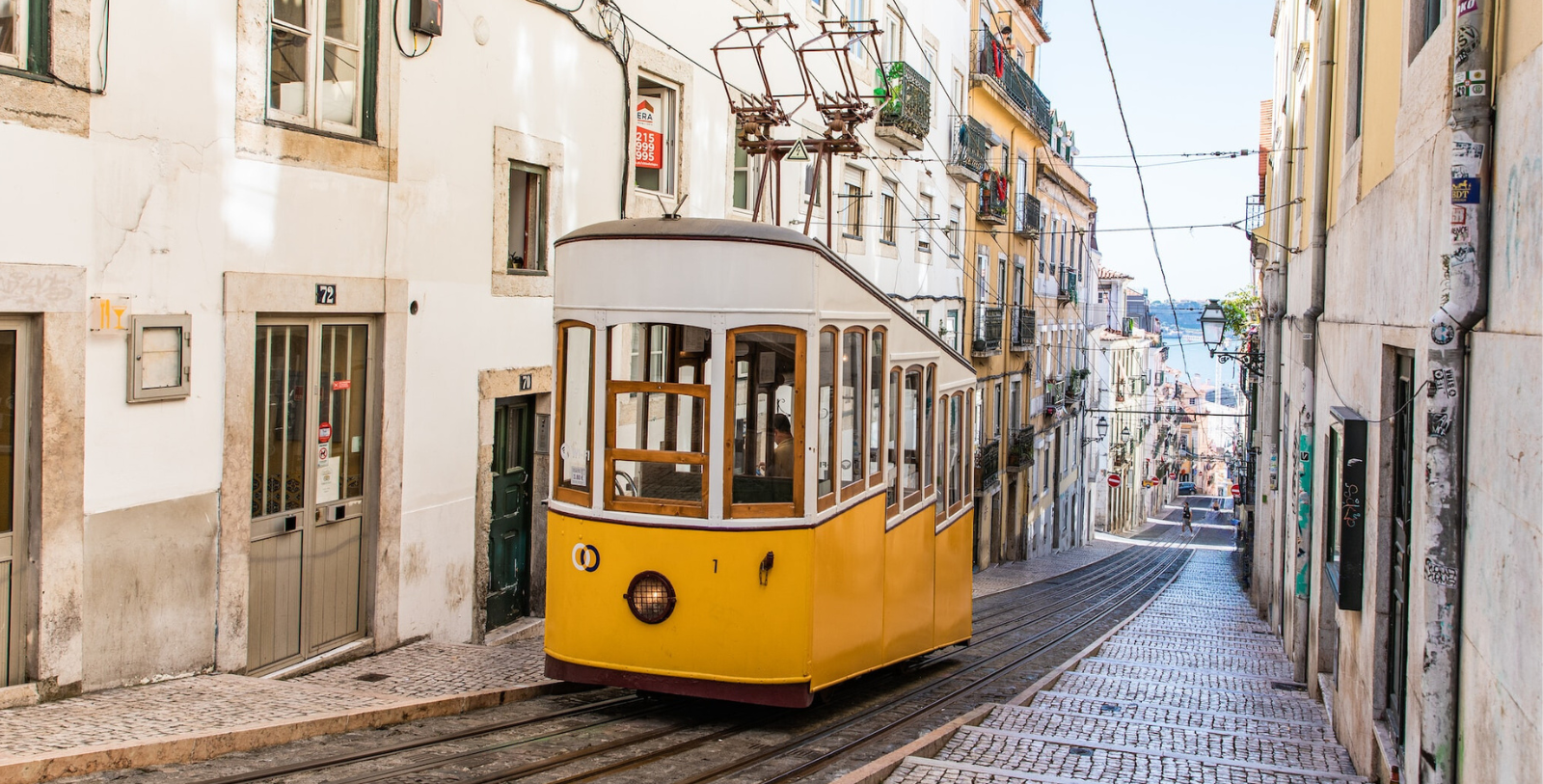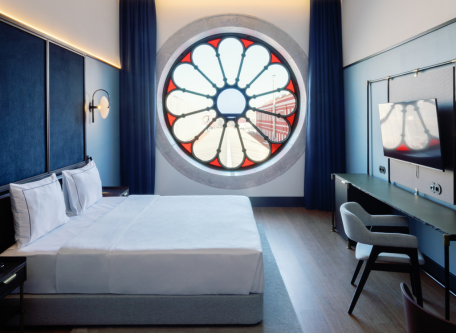Receive for Free - Discover & Explore eNewsletter monthly with advance notice of special offers, packages, and insider savings from 10% - 30% off Best Available Rates at selected hotels.
experience
-
Experience the best of the city from the daffodil-yellow Tram 28. Introduced to the city in 1901, this American import, earning the trams the nickname “americanos,” has gone on to become a true Lisbon icon. Although the electric tram line crisscrosses much of the city, the most popular route is that taken by Tram 28, which winds its way through the sharp curves, steep hills, and narrow streets of some of Lisbon’s must-visit neighborhoods, including Alfama, Graça, Estrela, and Baixa. The trams are just as photogenic as the districts they traverse, with many retaining their 1930s-era features, and can travel down roadways that are too cramped for cars and buses. Tickets can be purchased directly from the tram driver.
-
Get swept away by the “saudade,” or “melancholic longing,” of Portuguese fado music. Thought to be named after the Latin word “fatum,” which translates to “fate” or “death,” fado music got its start in Lisbon’s Alfama neighborhood and was traditionally sung by fishermen and sailors’ wives as they waited for their loved ones to return home. With their haunting melodies and mournful lyrics about loss or the challenges of the poor set to classical Portuguese guitar, this bohemian musical style gives listeners a glimpse into Lisbon’s working-class past. Learn about the genre at Alfama’s Museu do Fado then take in a performance at one of the district’s casas de fado, or “fado house,” like Parreirinha de Alfama, the oldest fado house in Alfama, which has been in operation since 1939. While dining, guests can also enjoy a selection of authentic dishes for a quintessentially Portuguese experience.
-
Climb aboard a train at Santa Apolónia Station, just like millions of travelers do each year. Use the Lisbon Metro as a quick and easy way to get around the city or use one of the trains to take a day trip away from the hustle and bustle. With its castles and lushly forested hillsides, the storybook-like town of Sintra is less than an hour away by train. Meanwhile, the coastal town of Cascais, a former fishing village-turned-royal summer residence, is in the Portuguese Riviera, only 20 miles (35km) away the city of Lisbon.
-
Hunt down a bargain at the Feira da Ladra, or “Thieves’ Market.” (When it first opened, many vendors were known to peddle stolen goods.) In operation since the 13th century, when the first fair took place in 1272, the Feira da Ladra is a Lisbon institution and the oldest-known market to have continuously graced the city’s streets. Though the location of this flea market has shifted through the centuries, it has been in residence at its current home of Campo de Santa Clara since 1882. Traders set up twice a week on Tuesdays and Saturdays from 9:00 AM to 6:00 PM. As they say, “one man’s trash is another man’s treasure,” making this an excellent place to rummage around in search of azulejo tiles, antiques, art, and other souvenirs.






























